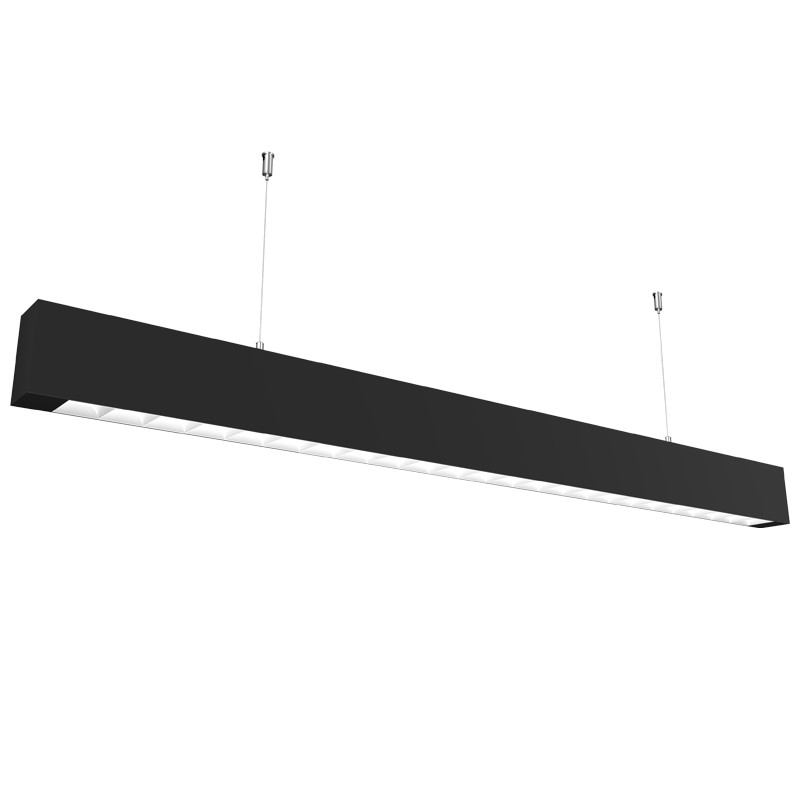
They are expensed in the period they are used or consumed rather than carried on the company’s balance sheet. Materials are supplies used in the production process that cannot be directly attributed to a specific product, such as lubricants, cleaning supplies, and small tools. GEP SMART is an AI-powered, cloud-native source-to-pay platform for direct and indirect procurement. In other words, we can conveniently measure and charge direct materials to the cost of production. There are certain situations where companies can identify these materials.
High Cost
Direct and indirect materials are both critical to the production of a product. Technology can also improve collaboration between different departments within a business. For example, an inventory management system can allow other departments to view and access inventory levels and usage patterns, leading to better communication and coordination. In reality, indirect materials can be fixed and variable, depending on the specific circumstances of a business. Indirect materials are not directly used in the production process but are necessary for it to occur. These materials are often used to support the production process or maintain the facility.
- Indirect materials are essential because they help support and maintain the production process, ensuring operations run smoothly and efficiently.
- Suppliers should proactively introduce new and innovative products that can improve a company’s operations.
- The direct materials account includes the cost of materials used rather than materials purchased for inventory calculation.
- These can include safety equipment such as helmets, gloves, boots, hand tools, power tools, and heavy equipment.
Reasons why distinguishing between direct and indirect materials is vital:
Indirect materials are materials or supplies that are not directly incorporated into the final product but are necessary for the overall production or operation of a business. These materials support the production process, maintenance activities, or general operations but are not visibly or directly traceable to a specific product or service. Regularly auditing indirect materials can help 4 ways to protect your inheritance from taxes identify areas where waste and inefficiencies occur. By reviewing usage patterns, business owners and managers can identify opportunities for improvement and implement changes to reduce waste and optimize processes. One of the best ways to manage indirect materials is to use an inventory management system that tracks materials usage and automatically reorders them when supplies run low.
“Indirect materials” also found in:
The cost of indirect materials can impact a company’s bottom line in several ways. First, the cost of these materials can add up quickly, especially if they are used frequently. Companies that do not manage their indirect material costs can spend significant money on supplies that do not directly contribute to their revenue streams.

What Is the Difference Between Indirect and Direct Materials, and Why Is It Important to Distinguish Between the Two?
When two or more direct materials are needed to produce one product, the direct materials quantity variance, which gauges the amount of materials used in production, is particularly pertinent. It is also a quality control tool for spills, but it may also suggest that new machinery with lower variance should be purchased. Companies use this metric to evaluate the effectiveness of material usages across the board, in a given production line, and for a given product. You can manage excessive usage and use the information from direct material usage variance to help you make strategic financial decisions.
Inventory management
Technology can provide businesses with better data analysis capabilities. By tracking usage patterns and trends, businesses can gain insights into their operations and identify areas for improvement. This can help businesses make more informed purchasing and inventory management decisions.
These items are necessary for the smooth functioning of the manufacturing process but are not directly incorporated into the final product. Similarly, ingredients such as flour and sugar are raw materials used to produce food products in the food industry. However, packaging materials, cleaning supplies, and uniforms worn are indirect materials necessary for production but not directly used in the final product. The healthcare industry requires a lot of indirect materials to maintain a high level of hygiene and patient care. These can include medical supplies such as gloves, gowns, and masks, as well as cleaning supplies, disinfectants, and hand sanitizer. Office supplies such as appointment books, patient files, and billing software are essential to keep medical practices running smoothly.
In the world of manufacturing, the distinction between direct and indirect materials is crucial for accurate cost accounting and effective resource management. While direct materials are easy to track and directly traceable to the final product, materials play a significant but often overlooked role in the production process. This comprehensive guide will explore the concept of materials, their importance, and how they impact manufacturing operations. Indirect materials are said to be supporting the overall operations of an organization.
